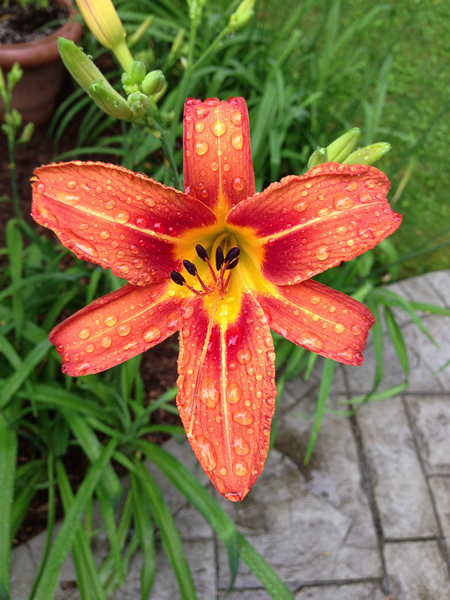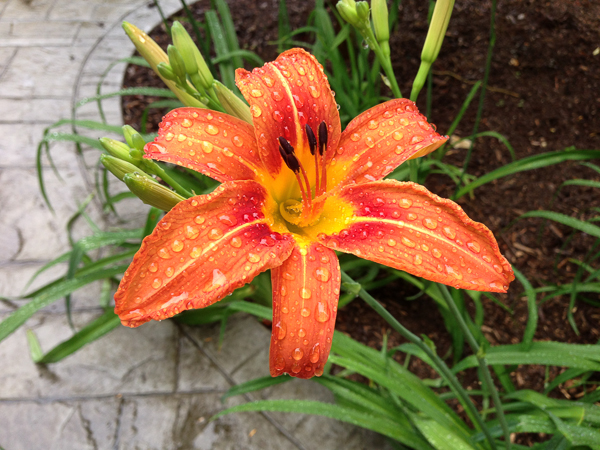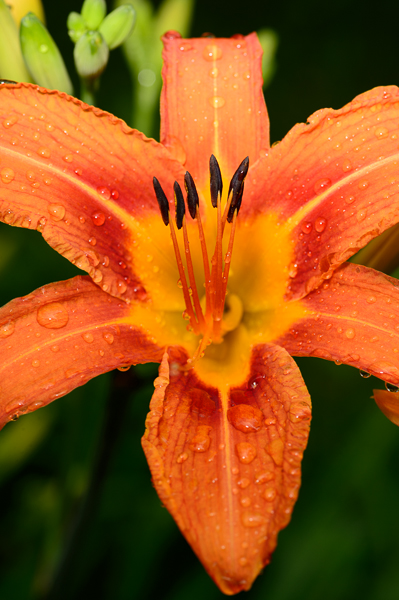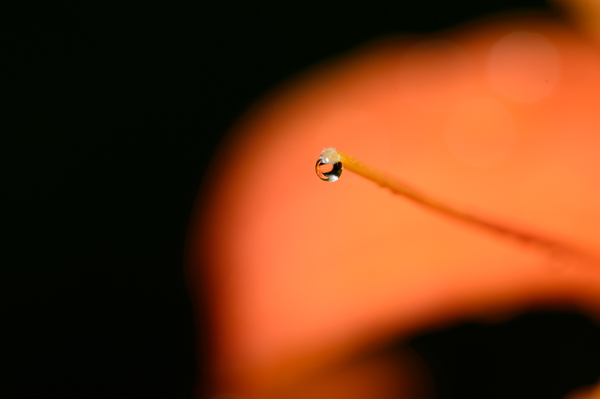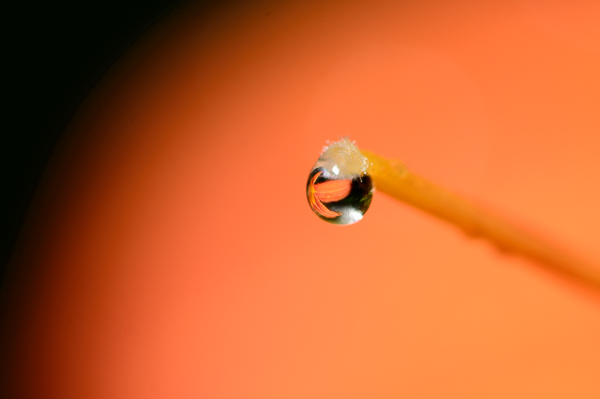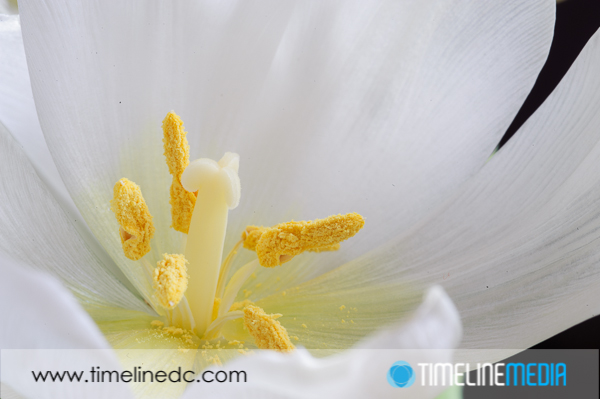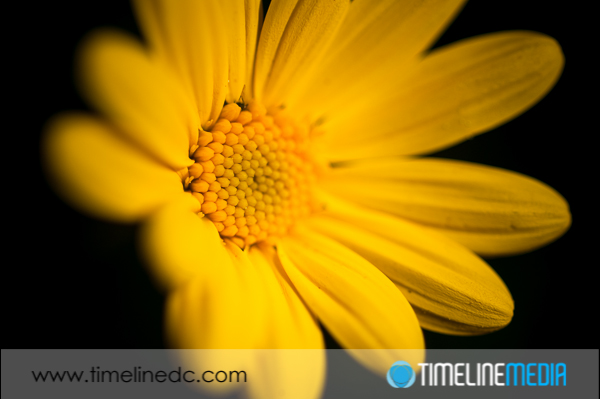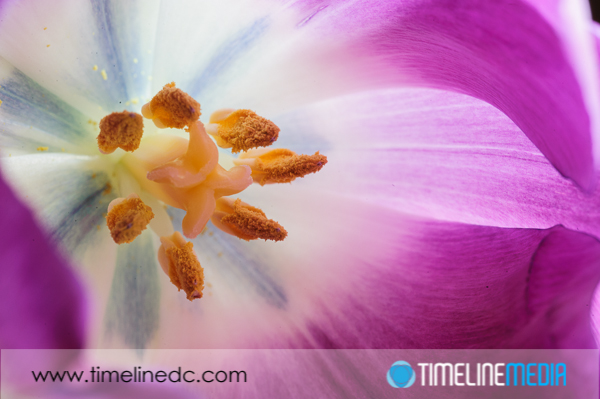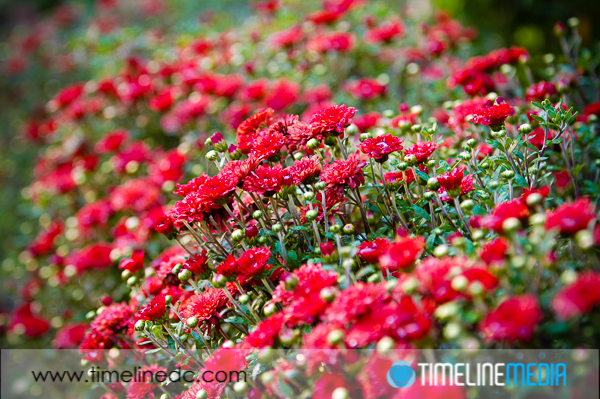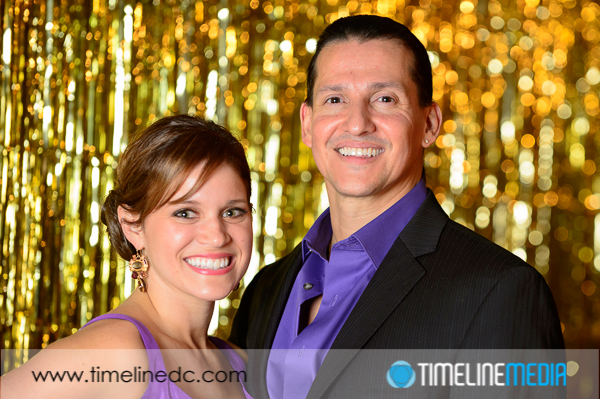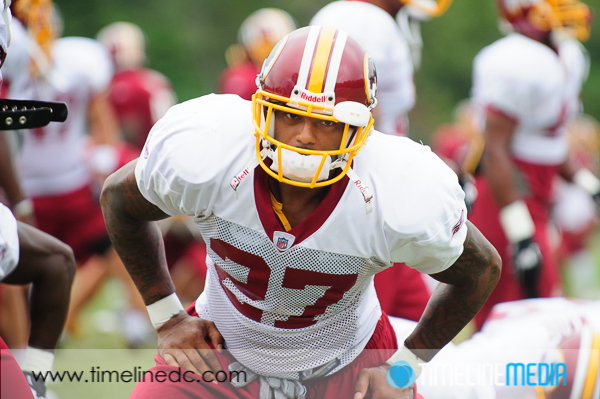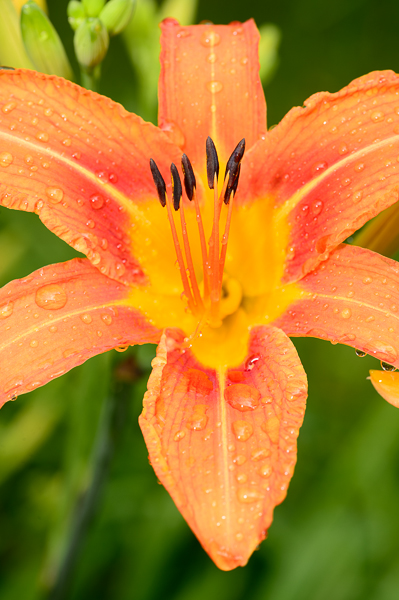
As far as experience goes, I am new to the iPhone. It is impressive as a phone as well as computer for connecting to the internet. But the photography capabilities are quite a force to be reckoned with as having a camera on hand all the times has changed how we make and share photos. Facebook and it’s acquired company, Instagram, have boomed in popularity with emphasis on sharing photos. I distinctly remember the first event where I saw people using cell phones to capture photos. I did not think this trend would stick, but boy was I wrong! As of today, the iPhone holds the top 3 spots of the most popular camera used to post to Flickr.
Camera Comparison
In my short time using the camera on the iPhone 5, I have been impressed. The camera built into the phone performs much better than some dedicated point and shoot cameras I have seen. When I the day lilies in the back of the house bloomed, I decided to compare the camera in my phone to my Nikon D4. What can a DSLR give you over your camera phone?
Here are some photos from the iPhone-
With the bright, overcast light the phone performs very well! The in-camera sharpness and color from the JPG file is really good. When I took out the DSLR, I found that it was easier to find a good composition. The phone has a fixed lens that is slightly wide in length (roughly 33mm according to spec sheets). With the DSLR, I used a 105mm macro lens. It makes isolating subjects from the background easier, and can focus closer than the lens on the phone. Here are some examples from that combination-
Macro lens on DSLR
In looking at the photos now, I can see that this is not the best comparison. I should try next time to get equivalent focal lengths, but I that may be the point! The DSLR and it’s ability to change lenses, gives you more flexibility in making images. If the composition you are looking for cannot be made at 33mm, you are stuck. I wanted to have the flower be the subject without seeing the surrounding ground and concrete patio in the frame. With the DSLR, I didn’t even see these in the viewfinder. Adding a touch of flash, I was able to take out more of the background, and really have the flower pop out of the frame-
Since I had the macro and the flash out there, I tried to get a shot of a droplet on the flower at the minimum focus distance of the lens. This took a lot of timing and patience as any slight breeze took the droplet out of focus. Here is one that was actually sharp!
Just for fun, here is a 100% crop from the center of the frame. Makes the flower photo very abstract with a natural vignette from the shape of the flower petals. Plus the reverse reflection of the flower in the droplet was an unexpected surprise!
TimeLine Media – www.timelinedc.com
703-864-8208

